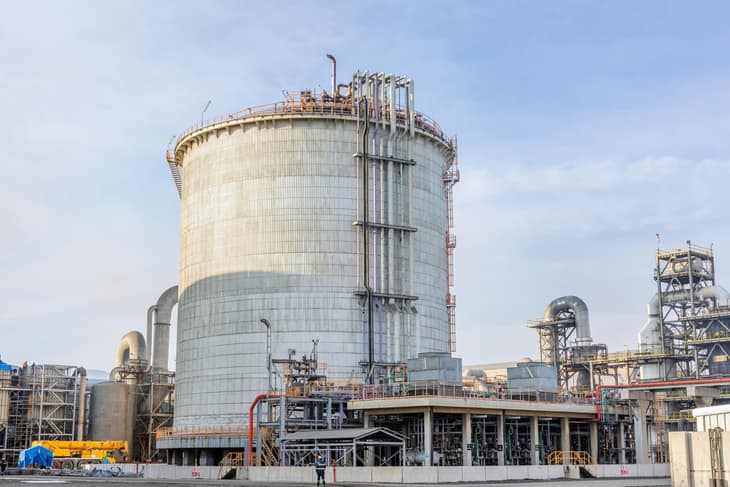Here’s a curious fact. The largest green hydrogen projects in operation today are small in comparison to the green hydrogen and green ammonia projects of the 50-year period from 1928 to the 1970s. From this point on, however, cheap natural gas meant that ammonia production on electrolysers was no longer economic.
A brief recap of those pioneering projects. In Norway, two mega-projects used green hydropower to make hydrogen on electrolysers. Rjukan started up in 1928 with 165 MW of power flowing to 150 electrolyser modules generating 27,900 Nm3/hr of green hydrogen.
At a similar scale, also using Norwegian hydropower, Glomfjord commenced in 1949. Both schemes used atmospheric pressure, alkaline electrolysis. The hydrogen was converted to ammonium nitrate, a fertiliser.
And in Egypt, in a similar set-up to the two Norwegian projects, hydropower from the Aswan dam was used to generate green hydrogen. One facility was built using Demag electrolysers in 1959. It had a total of 203MW capacity of atmospheric pressure alkaline electrolysers across 288 modules generating 36,000 Nm3/hr of hydrogen. A slightly smaller system was implemented using equipment from BBC Electrolyser System Oerlikon in 1973. As was the case in Norway, the goal was to make ammonia for fertilisers to increase the yield of local food production.
The revival of green ammonia
For several years, attention has focused on green hydrogen as a clean energy vector. Produced on electrolysers from renewable electrical power generated by wind, solar or hydro schemes, green hydrogen is regarded as a fuel with a very low-carbon footprint. And, as the historical cases above demonstrate, the conversion of green hydrogen to green ammonia has been an established concept for many decades.
... to continue reading you must be subscribed






